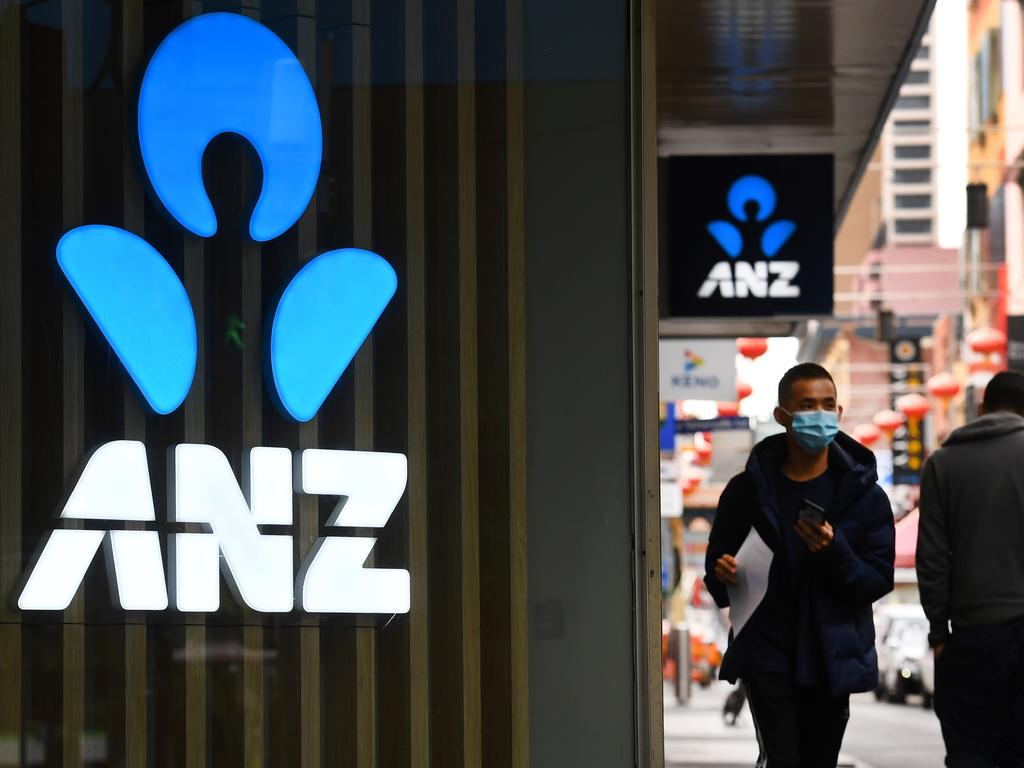House prices to drop up to 15%, says ANZ’s Shayne Elliott
House prices will fall up to 15% as the economy grinds out a recovery into 2022, but not before a big test for the banks mid-next year, ANZ chief says.

ANZ Bank chief executive Shayne Elliott has predicted the nation will “grind” its way out of recession, saying the bank has never believed the recovery would be V-shaped.
Appearing before the House economics committee, Mr Elliott also said that the bank’s latest modelling indicated that house prices would fall in a range of 10-15 per cent.
ANZ thought the economy would bottom out sometime before the end of the year and recover to pre-COVID-19 levels at some point in 2022, with the impact of the virus heavier because of the nation’s reliance on the free flow of goods and people.
Mr Elliott said banks would start to feel the sharp edge of the crisis around the middle of next year after government support packages started to wind down.
The ANZ chief said he has been having discussions with his senior executive team and the board about scaling up for next year’s expected wave of personal and business insolvencies.
“We don’t predict the future; we prepare for all eventualities,” he said.
“It’s a question of how to scale it up and making sure we (act) in an ethical and appropriate way.”
Mr Elliott rejected suggestions that the pandemic was a “black swan” event that could not have been predicted.
Financial crises, he said, occurred every 7-10 years on average, and while the causes appeared different the fundamentals were essentially the same in that customers had suffered a significant hit to their incomes.
One of the big differences about the virus was its non-discriminatory nature, with the impact felt right across the country, in most segments and up and down the socio-economic hierarchy.
But this was mitigated by the government acting much faster than it had in previous crises, such as the global financial crisis in 2008.
Mr Elliott also downplayed the banking sector’s heavy exposure to residential property, rejecting any comparison to the bad debts which emerged from the commercial property sector in the 1990s recession and destabilised at least one of the major banks.
The average loan-to-valuation ratio for ANZ home-loan customers who had asked for a deferral was about 65 per cent.
Overwhelmingly, mortgage debt was less than the value of a borrower’s home.
Mr Elliott said he shared the concerns of others about the commercial property sector, which was why the bank had the smallest exposure of the majors to the sector.
He also said he was concerned about investor property because of the borrower’s reliance on rental income.
This was why ANZ preferred lending to owner-occupiers.
While the bank has the smallest home-loan book of the big four, its proportional exposure to owner-occupiers is the largest.
As for the sectors under most pressure, Mr Elliott group nominated accommodation, hospitality, retail and tourism.
In some cases, the impact of COVID-19 was “dramatic”, with revenue deteriorating from manageable to “zero”.
Other sectors were booming after customers embraced digital channels.






To join the conversation, please log in. Don't have an account? Register
Join the conversation, you are commenting as Logout